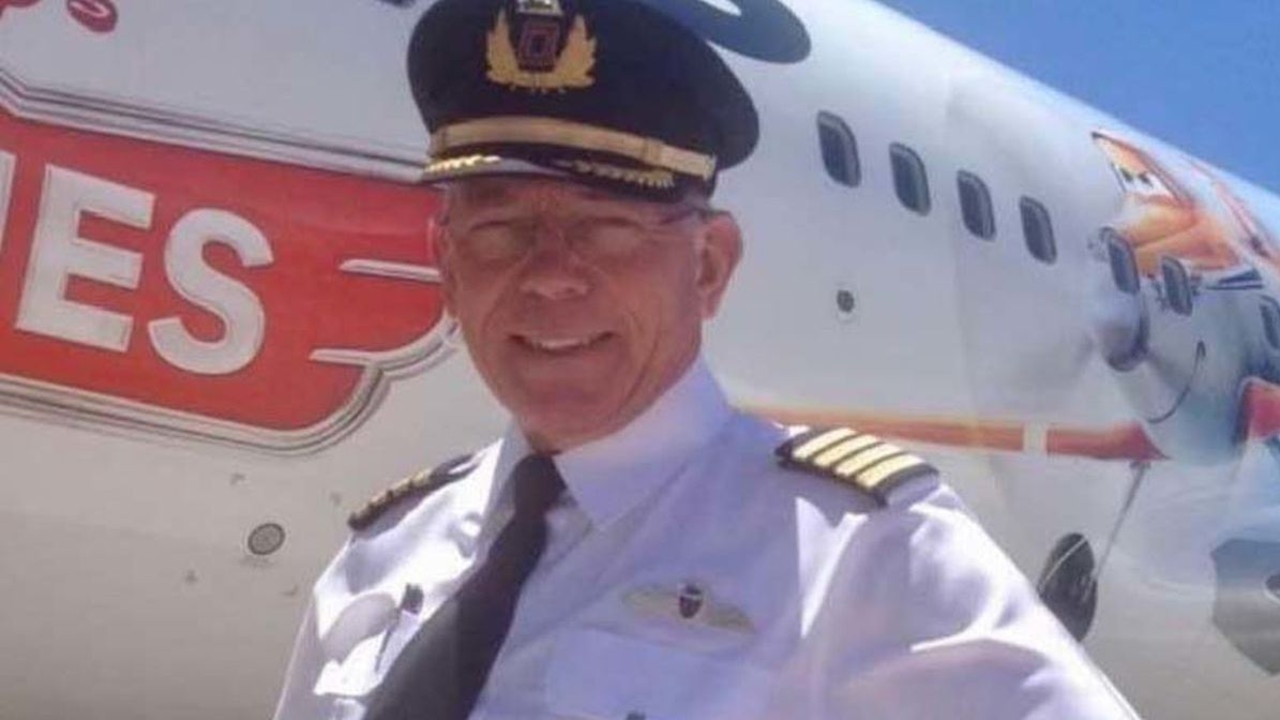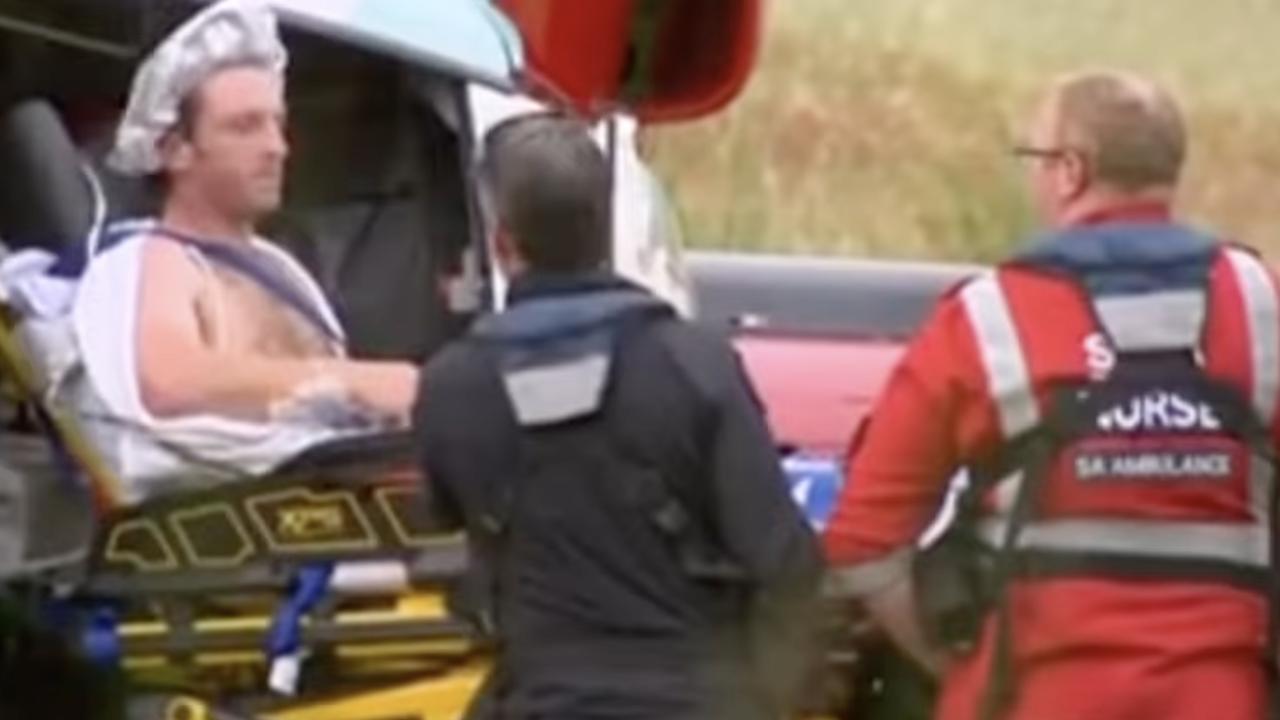Questions raised about security at airports and railway stations following Brussels attacks
HOW would Australia’s major hubs fare with a Brussels-like attack, and what measures could we be taking to be safe?
THE terrorists who calmly exploded a trolleyful of explosives at the check-in area of Brussels’ main airport likely faced the same level of security as they would have done at an Australian terminal.
The person who walked onto the Brussels’ metro system and blew himself up, killing scores in the process, faced no more physical barriers to his final journey than he would at any Australian railway station.
With deadly attacks on transport hubs now depressingly familiar, it’s led some to demand transport hubs ramp up security, even to the point of having to X-ray your bag when getting on a train.
“There has to be more security as you enter the airport, otherwise these types of attacks are going to increase,” Centre for Aviation analyst David Bentley told the UK’s Financial Times. “And if you don’t ramp up rail security to go with it that’s just going to drive terrorists onto the railway network.”
But security experts have told news.com.au that increasing security at Australia’s stations and airports to the point they are 100 per cent terrorist proof is simply “not viable” nor will it prevent atrocities.
The comments come as Border Force staff called off an Easter strike after Prime Minister Malcolm Turnbull made a plea for them to return to work in the wake of the bombings.
“Our members would never take industrial action that compromises Australia’s national security at this time or any time,” Community and Public Sector Union national secretary Nadine Flood said.
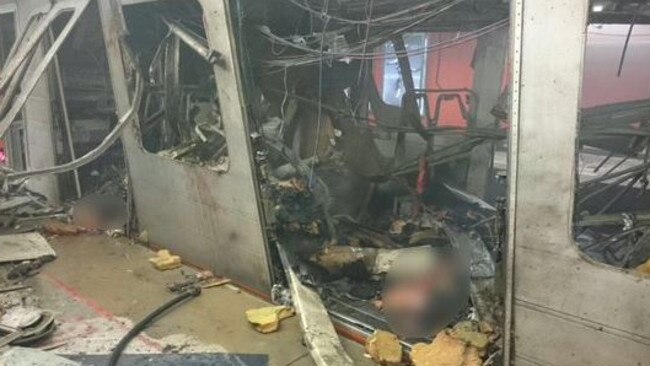
DEVASTATING
One of the weakest points of the transport network — and one terrorists exploited in the tragic attacks in Belgium — is underground stations.
Some of Australia’s busiest railway stations, such as Sydney’s Town Hall, and Melbourne and Brisbane’s Central stations, are beneath the streets.
“If you have an explosion that takes place in a contained space, like a bus, train or tunnel, it is more deadly and devastating than if it takes place in an open space,” said former military officer and terrorism expert at the Australian National University, Professor Clive Williams.
Chief policy analyst at Brussels-based civil security organisation Security Europe, Brooks Tigner, told Railway Technology magazine: “The attack on rail is something that we’ve been waving a red flag about for three years.”

‘MUST NOT OVERREACT’
Some rail systems, such as the Eurostar that links Brussels and London, do require airport-style screening of bags. But Prof Williams isn’t impressed, saying the cursory checks are more to “give people the impression they are picking up on security”.
Following a failed shooting attempt on a European high speed train last year the European Union did increase identity checks and more police could be seen on platforms. But they didn’t recommend scanning bags with Transport Commissioner, Violeta Bulc, saying: “We must not overreact. It is essential that public transport remains easily accessible.”
Indeed, with the sheer number of people trains carry far exceeding planes, it’s unlikely airport-style security could be installed without seizing up the entire system.
“It’s inevitable that the public side of airport screening points and train systems are going to be an accessible place [for terrorists]. The more security you put in place the more you slow things down,” said Prof Williams.
Neil Fergus, CEO of Intelligent Risks, a consultancy that has advised on security at Australian transport hubs, spoke to news.com.au on Wednesday morning from outside Amsterdam’s Central station where trains to Belgium remained suspended and armed security patrols were in place.
“This wasn’t an attack on an airport or metro but on the places where crowds gather to perpetrate significant casualties and fear. But you can’t lock down all transport modes, it’s not viable.”
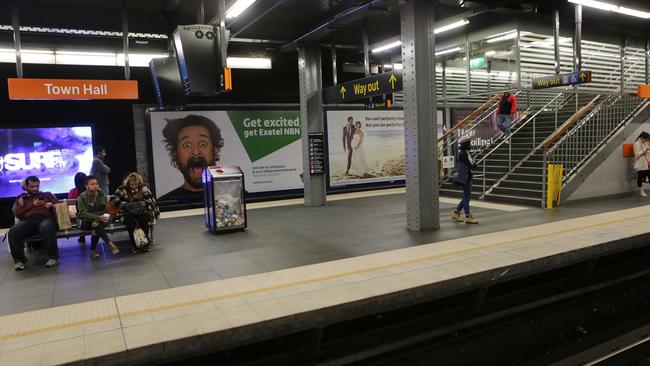
PLANT POTS
Even if you did, where do you draw the line given terrorists could just as easily, and indeed have, detonated bombs in other busy locations like shopping centres or simply in the street?
Prof Williams said part of the problem was “they’re shopping malls as well as airports” which attracted more people.
That’s not to say nothing can be done. Mr Fergus said he expected to see better use of CCTV to look for persons of interest or identify particular behaviours as well as more visible policing.
In the UK, the government has issued guidelines for the design of new stations and airport terminals to survive terrorist acts including glass that stays within its frame after a blast and even ensuring plant pots can’t be used to hide explosives.
At London’s Heathrow new terminals have been built with a 30m gap between the road and airport building to minimise the impact of car bombs.
Yet, at many Australian airports cars can drive straight up to the front door.
But forcing people to park further away would have done nothing to prevent Tuesday’s attacks where terrorists simply walked into the concourse.
So what about security checks well away from terminal buildings, as has happened in some airports including Israel’s Tel Aviv?
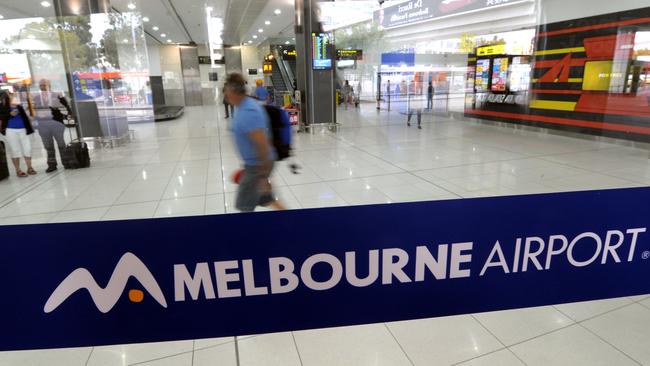
AIRPORT ATTACK
Mr Fergus said better co-ordination between security agencies was more effective than altering the location of x-ray machines. “If you move the vulnerable point 50m to the left or right you’re still going to have an attack and it will still be seen at an attack an airport whether it’s in the terminal or by the roadside.”
Security in Australian airports, he said, was in fact better than most around the world and constantly under review.
The Australian Federal Police, who are present at each international airport, said patrols had been increased in the wake of the Brussels attacks.
“Security measures at these airports are multi-layered and may involve armed mobile, canine and foot patrols, static guarding as well as specialist response armed capability,” a spokesman told news.com.au.
The organisation worked with police and other authorities and operations were “intelligence led.”
A spokesman for Transport for NSW, which runs Australia’s busiest commuter network, said their security team had been advised by police “to exercise a sensible level of increased awareness following the Brussels attacks,” but passengers shouldn’t change travel plans.
Australia could follow Paris’ lead, said Mr Fergus, which felt a safer place to travel around since the terrorist attacks in November.
“Heightened police operations around mass transit and landmarks are very visible. That doesn’t mean it’s impossible to do a terrorist attack but it’s a very significant deterrent.”
“Looking into the future we would have sensors that pick up explosives but that technology is not there yet so we are relying on identifying people of interest,” said Prof Williams.
“Waiting until they get to the airport is highly undesirable as no matter what you do you’re going to have casualties.”


